U.S. Department of Transportation
Federal Highway Administration
1200 New Jersey Avenue, SE
Washington, DC 20590
202-366-4000
Federal Highway Administration Research and Technology
Coordinating, Developing, and Delivering Highway Transportation Innovations
|
LTPP News This newsletter is an archived publication and may contain dated technical, contact, and link information. |
|
| Publication Number: FHWA-HRT-21-099 Date: Summer 2021 |
Publication Number: FHWA-HRT-21-099 Date: Summer 2021 |
| Email Distribution List |
|
| Contact |
Customer Service
|
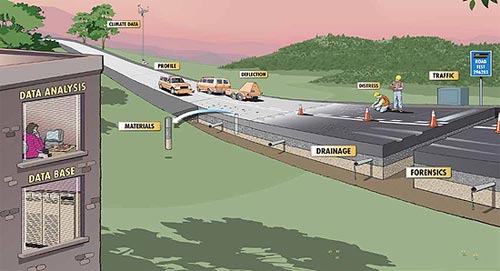 |
LTPP Newsletter |
The Long-Term Pavement Performance (LTPP) program has long considered forensic investigations to be of great value, not only for examining and explaining distress causes and mechanism(s), but also for explaining what worked and why (i.e., the performance of test sections).
In support of the LTPP program, Transportation Pooled Fund Study TPF-5(332), "Performing Forensic Evaluations of LTPP Remaining Sections Before They Leave Service," was established in 2017 to investigate LTPP test sections as they are scheduled to go out of service, capturing data on exactly why the pavements performed as they did. The Washington State Department of Transportation (WSDOT) managed the study, and financial support was provided by WSDOT, the California, Mississippi, New York, and Texas departments of transportation (DOTs), and the Federal Highway Administration (FHWA).
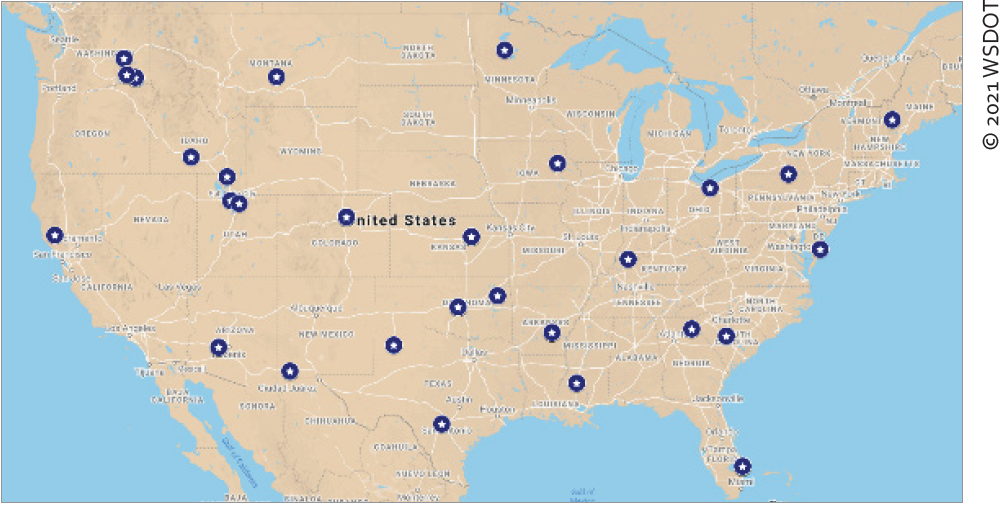
Figure 1. Map. Geographical location of forensic investigation sites.1
When the pooled fund study began in 2017, there were approximately 750 active LTPP test sections. By the time the study was completed in June 2021, forensic evaluations had been conducted on 63 test sections at 26 different locations in 23 different States. The location of these test sections and their climatic distribution are shown in figure 1 and figure 2, respectively.
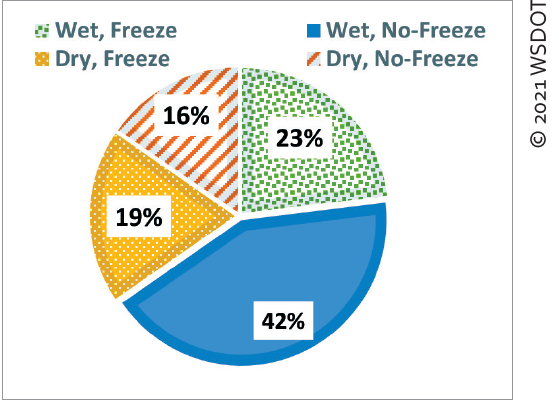
Figure 2. Chart. Climatic distribution of forensic investigation sites.2
The forensic pooled fund study provided important benefits to the participating DOTs, including understanding the factors that produce good or poor performing pavements and how LTPP data can be used to benefit the State's pavement engineering operations. The study also demonstrated how a forensic investigation could advance the State's pavement engineering practices. The study provided the added benefit of reviewing the adequacy of the data in the LTPP database to explain the performance of the test sections. In addition, the study yielded many important findings that contributed to improving the LTPP data in terms of both completeness and quality.
For example, core measurements taken at the California 067452 test section (figure 3) showed the layer structure for the latest construction event to be incorrect. This finding, along with others, was discovered during interviews and meetings with the appropriate DOT staff to better understand the performance of the test sections. The technical memoranda and quarterly reports resulting from these investigations and other information for this study can be found on the Transportation Pooled Fund website.
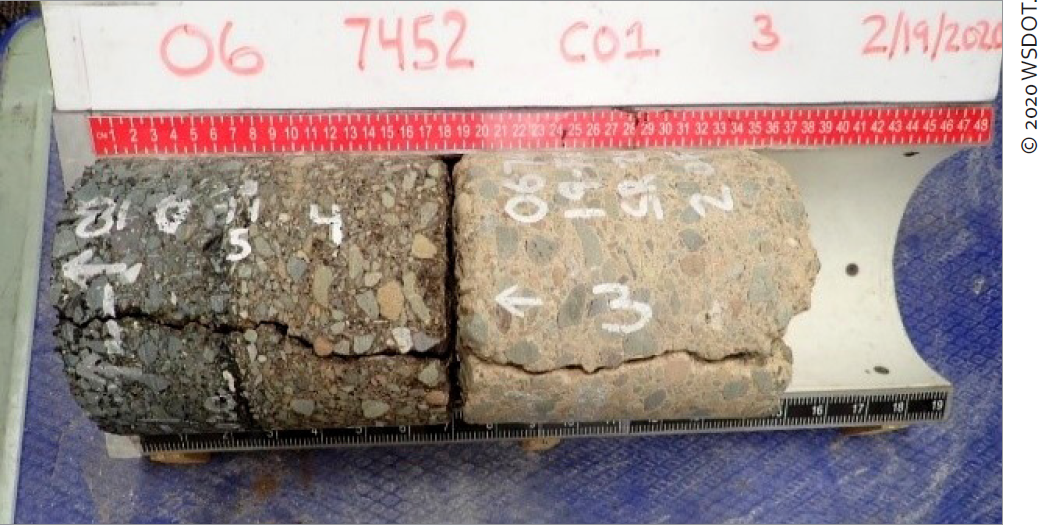
Figure 3. Photograph. 2020 core from California test section 067452.3
At present, approximately 336 active test sections in 31 States remain in the LTPP program. Given the benefits to LTPP stakeholders and the program derived from the conduct of the forensic investigation of test sections being phased out of study, especially in terms of data completeness and quality, it is important that the forensic investigation work continue. Efforts are underway to establish a new pooled fund study to carry out these investigations on the remaining LTPP test sections. Test sections that are no longer active but have remained unchanged will also be considered for investigation. State DOTs are strongly encouraged to join and actively participate in this new study.
For further technical information, see solicitation 1560, posted on the pooled fund website, or contact Deborah Walker of FHWA at deborah.walker@dot.gov or Mustafa Mohamedali of WSDOT at mohamem@wsdot.wa.gov.
The Long-Term Infrastructure Performance (LTIP) team and FHWA's Nondestructive E valuation (NDE) program are excited to announce the launch of FHWA InfoTechnologyTM!
InfoTechnology is a knowledge Web portal that helps practicing transportation engineers, university students, and others learn about NDE technologies used to assess highway infrastructure components.
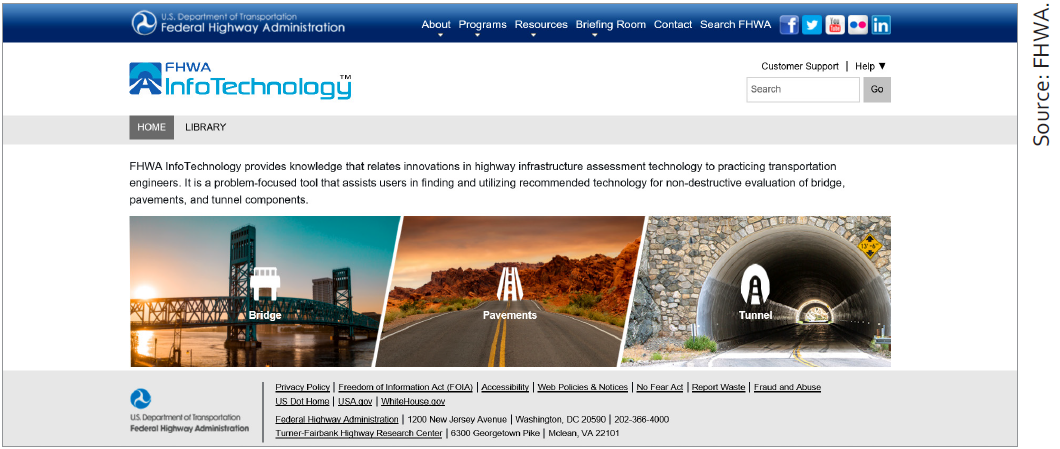
Figure 4. Screenshot. FHWA InfoTechnology.
In the past, some of you may have explored the FHWA NDE Web manual. InfoTechnology offers a completely new design of the user interface and expands the content of the NDE Web Manual to include NDE technologies for bridges, pavements, and tunnel components. In the future, the LTIP team and FHWA's NDE program plan to enhance the portal and incorporate structural health monitoring technologies and other features.
Please explore and share the InfoTechnology Web portal link with your colleagues. For more information, contact Hoda Azari at hoda.azari@dot.gov.
Pavement performance, traffic, construction, and other data collected under the FHWA LTPP program are released every year in the form of a Standard Data Release (SDR). The 35th release of LTPP data is now available on LTPP InfoPave. For this release, the dataset was updated to include performance data collected in 2020. Significant new materials testing for the warm-mix asphalt overlay experiments (SPS-10) were added. The National Aeronautics and Space Administration's Modern-Era Retrospective Analysis for Research and Applications (MERRA) climate data were updated to include 2020 MERRA-2 data, keeping this important dataset current.
In addition to these data updates, highlights of the website functionality improvements included upgrading the search capabilities to return more relevant results. The LTPP Data Analysis Plan has been restructured and reorganized into five new objectives to replace the previous nine objectives. The new project statements from the LTPP Data Analysis Workshop were added. The results from the workshop are documented in a TechBrief entitled, Long-Term Pavement Performance Data Analysis Plan. The temperature output for LTPPBind Online has been reconfigured and updated to improve the accuracy of the tool.
The LTPP program continues to increase the amount of data it releases annually to the public and improve the quality assurance process used to verify these data as needed. See the LTPP SDR Release Notes for changes in data and the LTPP InfoPave Release Notes for specific additions and changes to the InfoPave Web portal.
FHWA collects a tremendous amount of valuable data through cutting-edge testing technology, sponsored research, and other collaborative efforts. Data are essential for research and innovation, so it is crucial that FHWA preserve, document, and provide accessibility to stakeholders and researchers to reduce data collection duplication and maximize the benefits of the collected data. FHWA's LTIP team recently developed and published a TechBrief entitled FHWA InfoMaterialsTM Dataset Management to facilitate this process. Researchers can use the contents of this TechBrief to format their data in a manner that is intuitive and reusable by other researchers.
The TechBrief provides information about data organization and storage in terms of data types, metadata, formats, and organization.
Examples of the organization of different kinds of data are included for illustrative purposes.
If you have any data management questions, contact Jane (Yan) Jiang at jane.jiang@dot.gov.
This year's Student Data Analysis Contest closed on July 30. Papers are being reviewed, and winners will be announced in November.
FHWA InfoMaterialsTM Dataset Management FHWA-HRT-21-065 [PDF]
Long-Term Pavement Performance Data Analysis Plan FHWA-HRT-20-023 [PDF]
Join us on Facebook® and YouTube® to find FHWA’s latest news, information, and resources.
![]()
![]()
Recommended citation: Federal Highway
Administration, Traffic Management Center
Pooled Fund Study (Washington, DC: 2021)
https://doi.org/10.21949/1521687.
HRDI-30/09-21(Web)E
FHWA-HRT-21-099